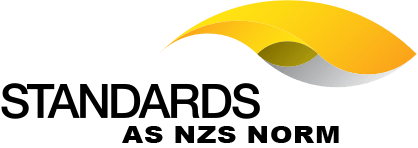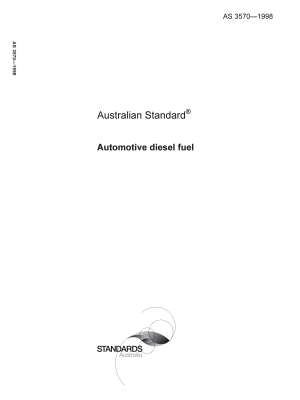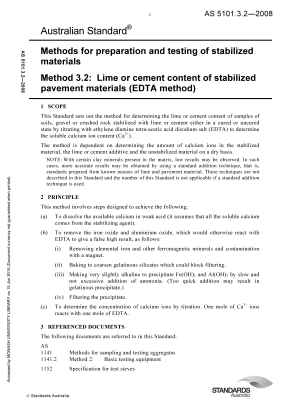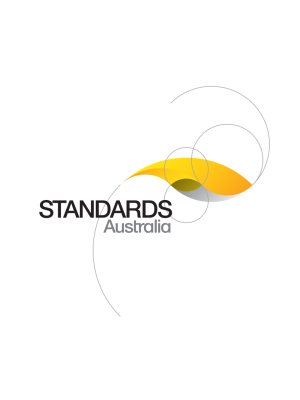🔍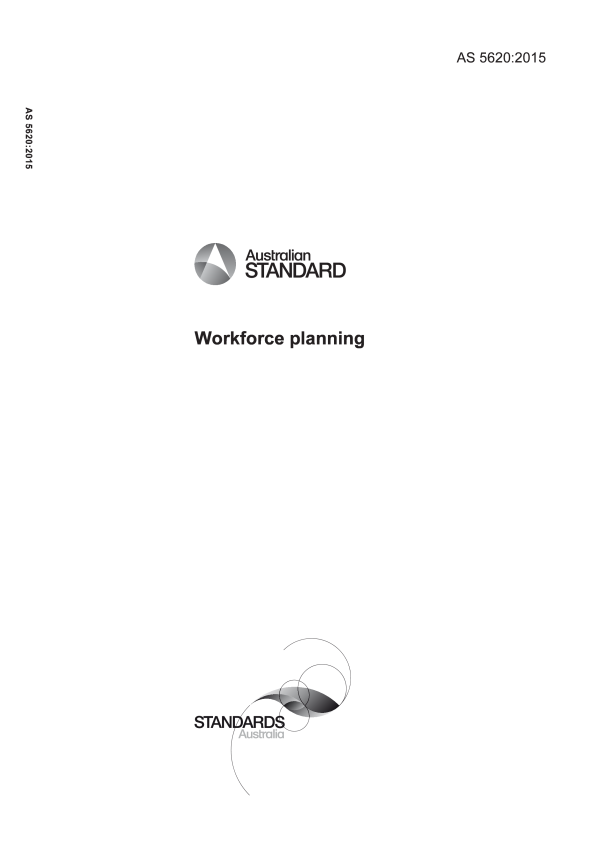

Purchase the full subscription package now and enjoy a 40% discount, along with free updates for future editions.
AS 5620:2015
$125.14
Workforce planning
Provides workforce planning guidelines and a framework that are scalable to the needs of any organization regardless of size, industry or sector.
Table of contents
Header
About this publication
Preface
Foreword
1 Scope and general
1.1 Scope
1.2 Referenced documents
1.3 Definitions
1.4 List of abbreviations
2 Overview of workforce planning
2.1 General
2.2 Structure of workforce planning
2.3 Workforce planning as a driver of workforce development
2.3.1 General
2.3.2 Workforce planning
2.3.3 Workforce development
3 Stakeholders of workforce planning
3.1 Relevance of workforce planning to different stakeholders
3.1.1 General
3.1.2 Employers/businesses
3.1.3 Industry representative groups
3.1.4 Regional stakeholders
3.1.5 Governments
3.2 External and internal influences
4 Workforce planning framework
4.1 General
4.2 Framework for workforce planning
4.3 Stage 1: Getting started
4.3.1 General
4.3.2 Consider and write the business case
4.3.3 Link strategy/business/workforce plans—Describe the current and future workforce requirements
4.3.4 Develop and implement a communications plan to engage internal stakeholders
4.3.5 Segment the workforce
4.3.6 Workforce segmentation approaches
4.3.7 Workforce segmentation hierarchy
4.3.8 Job profiling
4.3.9 Workforce segmentation principles
4.3.10 Review and analyse existing workforce demand and supply data
4.3.11 Current workforce demand
4.3.12 Aggregate demand
4.3.13 Demand by job families or job roles
4.3.14 Demand by competency
4.3.15 Unapproved demand
4.3.16 Current workforce supply
4.3.17 Aggregate supply
4.3.18 Supply by job families or job roles
4.3.19 Supply by competency
4.3.20 Data analysis—Current state
4.3.21 Presenting the ‘workforce data story’
4.3.22 Workforce demand and supply trends
4.3.23 Conduct environmental or labour market scan (If requiring more comprehensive information)
4.3.24 Workforce profiling/survey
4.3.25 Identifying business scenarios
4.4 Stage 2: Analyse numbers and determine risk
4.4.1 Undertake demand and supply gap calculations
4.4.2 Identify and prioritize workforce risk from supply gap calculations
4.5 Stage 3: Execution
4.5.1 Identify risk mitigation/workforce development strategies and action plan
4.5.2 Secure the resources—Financial and personnel
4.5.3 Develop and implement an action plan
4.6 Stage 4: Implementation
4.6.1 Measure and monitor progress
4.6.2 Integrate/embed into business planning processes
Appendix A
Cited references in this standard
Content history
DR AS 5620:2015
Please select a variation to view its description.
| Published | 20/10/2015 |
|---|---|
| Pages | 28 |
Please select a variation to view its pdf.
